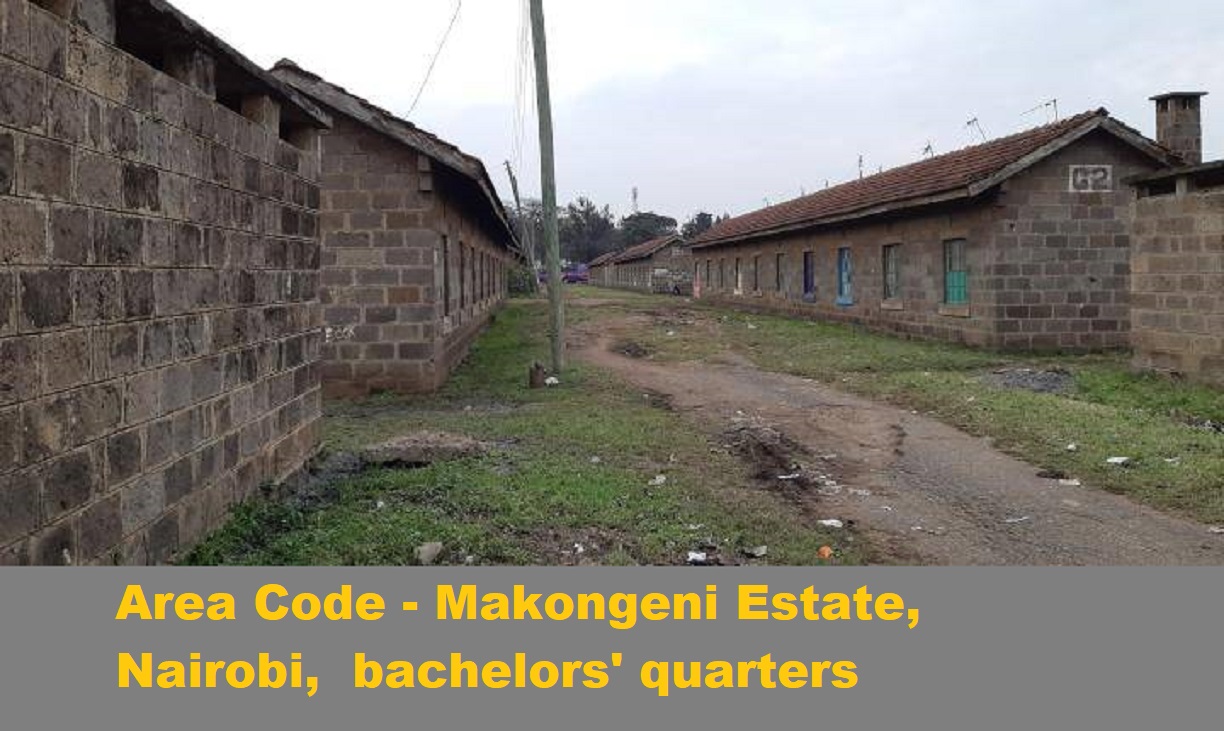Many things happened in 1937, two years to the end of World War I in which over 44, 000 Kenyans died while serving as career corps. In England for instance, the coronation of George VI at Westminster Abbey meant Kenya as a colony was also ruled him. Among the changes taking place in the country were plans for housing estates east of the ‘Native Stadium’, now Nairobi’s City Stadium.
They included Kaloleni, Shauri Moyo, Bahati, Mbotela, Makadara, Ofafa Maringo, Ofafa Jericho, Ofafa Jerusalem and Ofafa Kunguni. But first off the concrete blocks, was Makongeni estate at a time when Joseph Mortimer was Mayor of Nairobi.
Concrete Utilities Ltd was awarded a tender to erect Makongeni as temporary housing of African bachelors working for East African Railways & Harbours, now Kenya Railways. Makongeni and other estates like Lumumba were never meant for family set-ups.
Mayor Mortimer’s Council hived off over 140 acres for Makongeni and Nairobi Town Clerk WW Ridout wrote to Concrete Utilities on December 27, in 1945 outlining that Makongeni should have a row of “20 blocks each comprising five quarters per block at Sh3 per foot super, complete.”
The walls for the estate famous as ‘Okongo’ were to be of thrice-ply woven papyrus mats with bituminised hessian on forest pole framing, while the floors were to be of four-inch murram laid on 12-inch of consolidated hard core.
Construction continued even as architect James Ward, Esq, left. He was “unable to continue on the present salary basis” for the Railway African Quarters project, which was pegged at £30, 000 (Sh4.2 million at current exchange rates) for 3, 700 units, which Town Clerk Ridout considered “impracticable until other major questions have been settled.”
Ridout debated the Straight Line principle that was eventually abandoned in favour of Cottage style dwellings. “The Municipal Council certainly intends to explore the advantages of buildings of more than one storey (due to economy in land) and will be happy to pass on any information on the subject,” he wrote.
In a letter dated October 9 1945, Ridout explained the reason for the changes (why most of the houses are single-rowed). Chief Engineer Ogilvie considered that “this Council has hitherto no experience in housing Africans in double-storey dwellings other than the quarters at the Nairobi Fire Station.”
The Superintendent of Native Locations took a supervisory role of Makongeni, an estate that had to accommodate interdependence with Kaloleni, Bahati, Kariokor, Pumwani, Shauri Moyo and Ziwani on account of drainage, sewerage and the relations of residents to their workplaces where they would report using the 100ft Jogoo Road ‘diving’ through.
Other considerations were Welfare Centres, shops, street lighting and recreation. The City Council’s Native Affairs Committee set aside “20 acres south-west of the Railway Makongeni Estate for a playing field,” said a report that also stipulated that the standardised rents for a one-room house be reduced from the monthly Sh10 to Sh5 accommodating one, single man each.
Three men sharing were to fork out Sh9 a month.
The well off lived in Kaloleni for Sh18 a month. Those higher up in the financial food chain holed up in Ziwani where three rooms went for Sh30.
Railway signal operators and drivers lived in Landi Mawe and Muthurwa, but Makongeni was for middle-level workers of the world who enjoyed fresh air inside their neatly hedged quarters.
Read original article on the Standard








